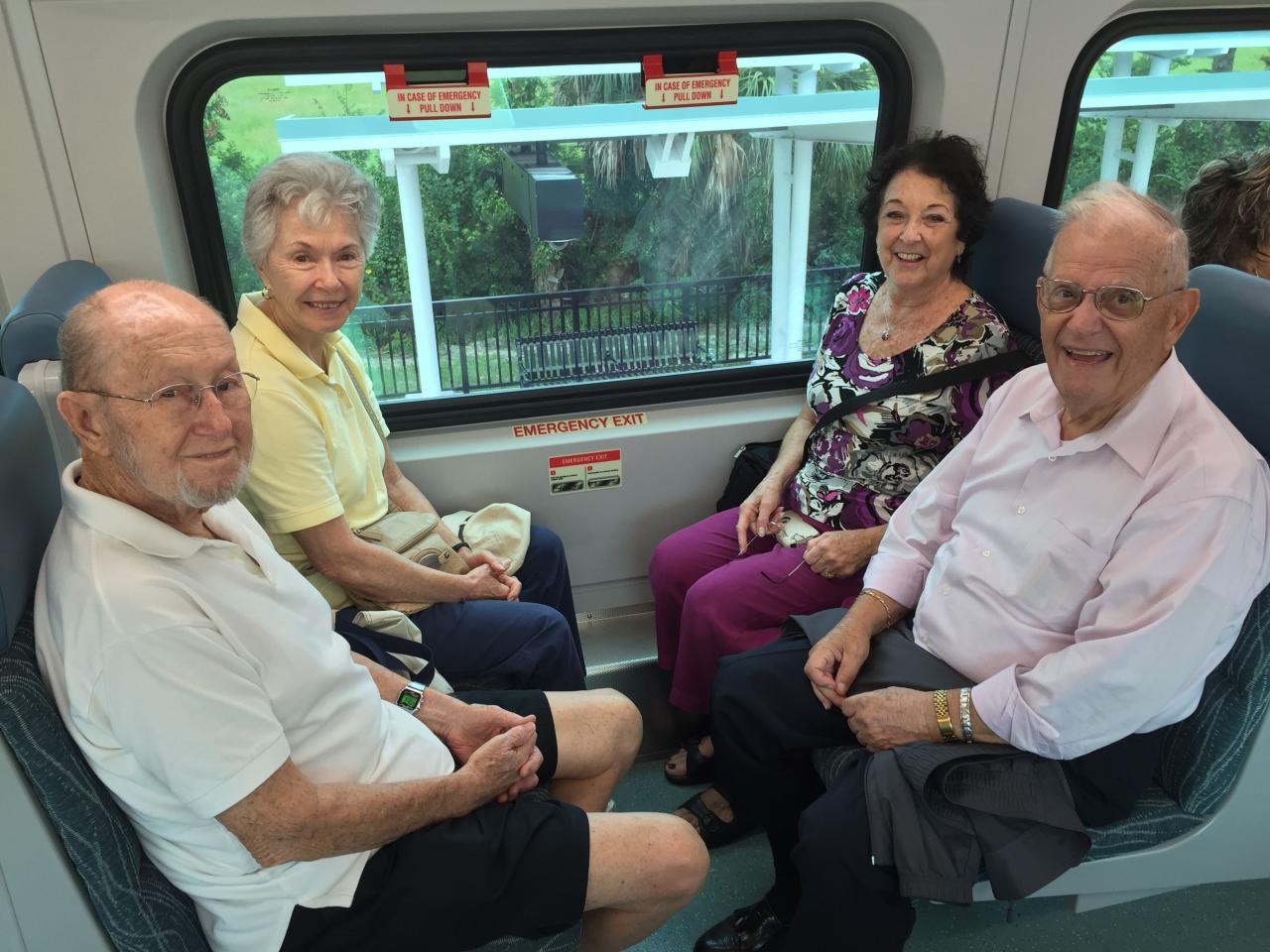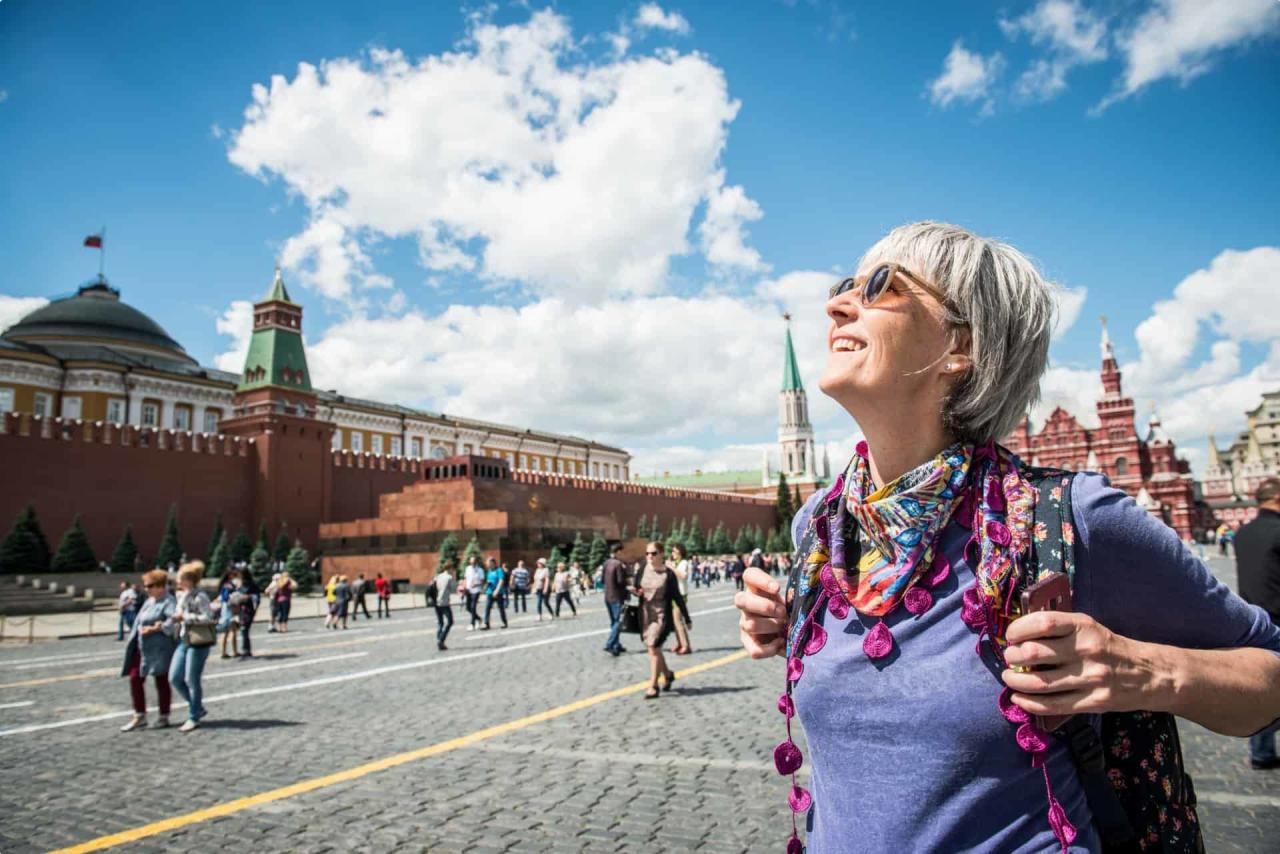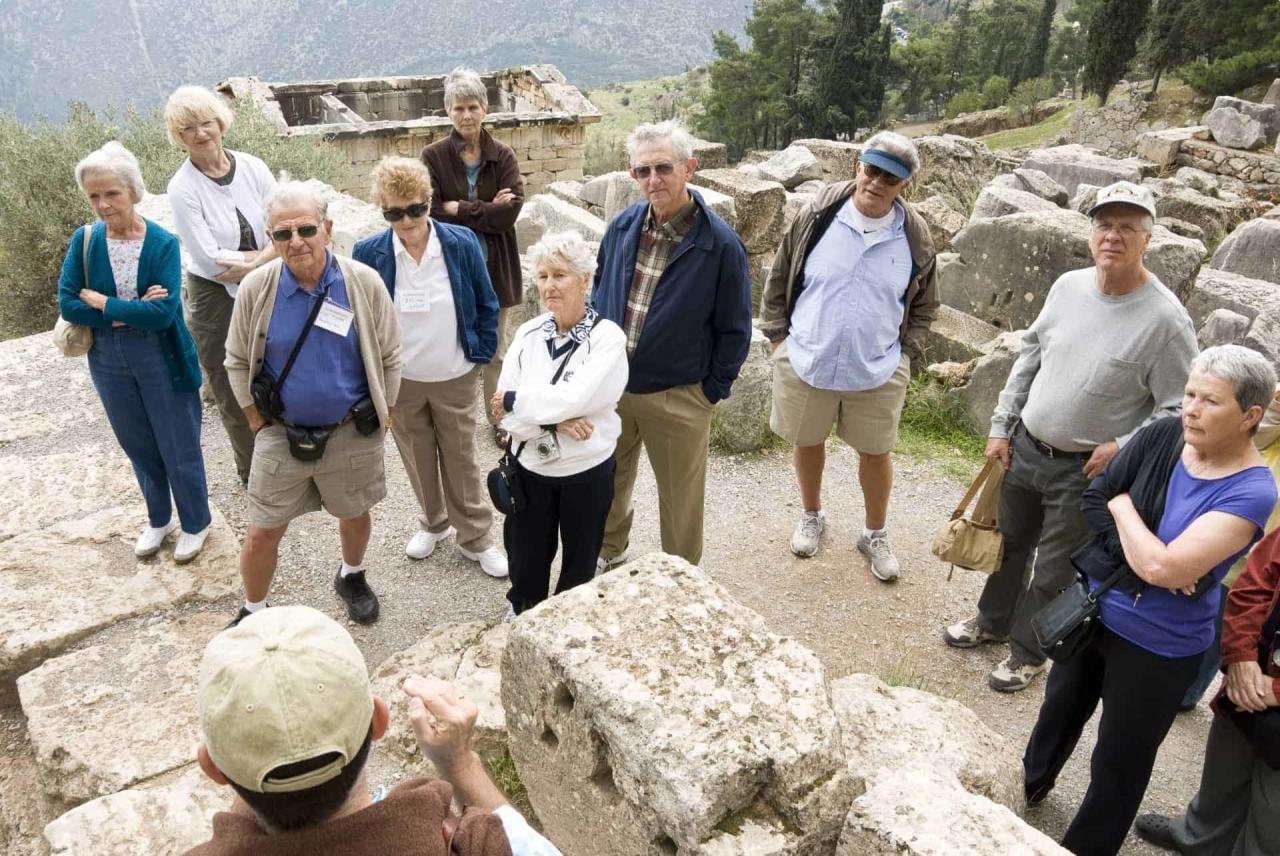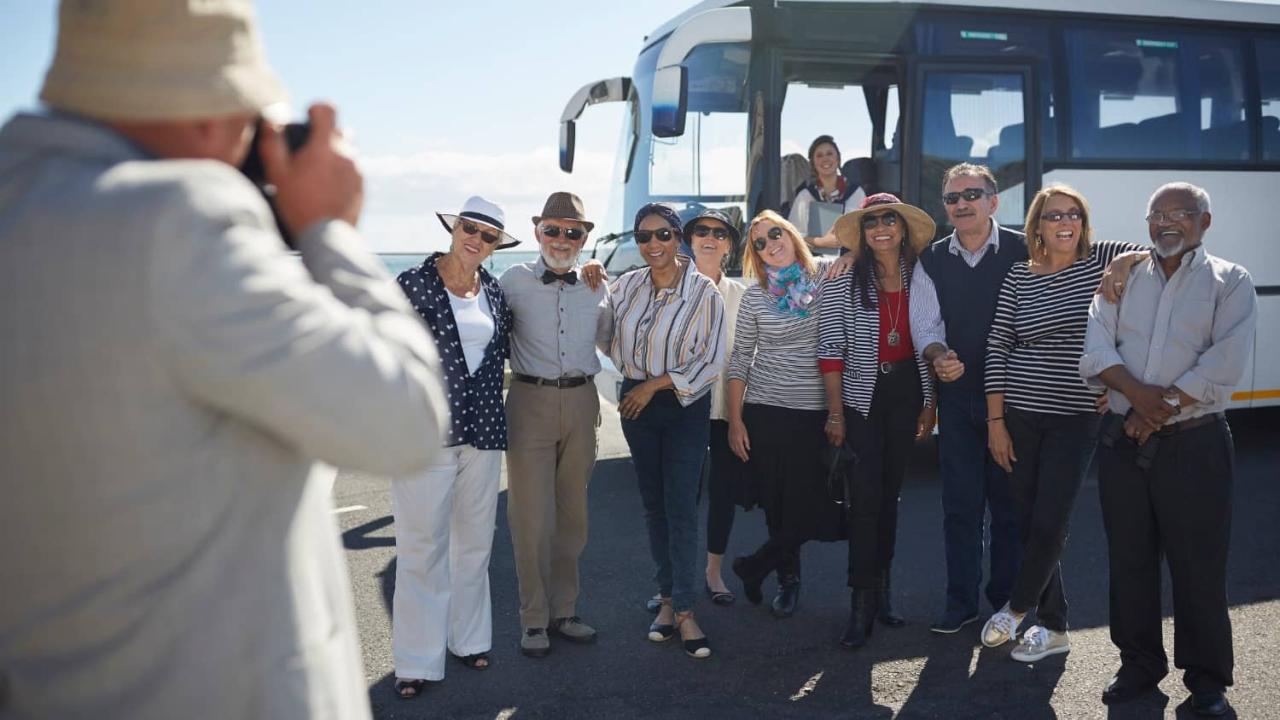Small group tours for seniors focusing on historical sites offer a unique blend of exploration, comfort, and companionship. These carefully curated journeys prioritize the needs and preferences of older adults, ensuring a safe, enriching, and memorable experience. The focus is on accessibility, thoughtful pacing, and engaging narratives that bring history to life, creating an unforgettable adventure for all participants.

From meticulously planned itineraries that include ample rest breaks and comfortable transportation to the selection of historically significant sites with manageable walking distances and accessibility features, every aspect is designed with senior well-being in mind. The small group format fosters a sense of community and allows for personalized attention from knowledgeable guides, ensuring each individual feels valued and supported throughout the journey.
Planning the perfect historical tour for seniors requires careful consideration of their specific needs and preferences. This involves a multi-faceted approach, encompassing site selection, itinerary development, safety protocols, and effective marketing.

1. Planning the Perfect Historical Tour
Choosing appropriate historical sites is paramount. Prioritize locations with excellent accessibility, including ample ramps, elevators, and wide pathways. Sites should offer sufficient seating options, both indoors and outdoors, allowing for rest breaks as needed. The tour length and duration should be carefully calculated to avoid fatigue. A shorter, more focused tour is often preferable to a longer, more strenuous one.
Comfortable, climate-controlled coaches with accessibility features (lifts, wheelchair ramps) are essential for transportation. The itinerary must incorporate ample rest breaks, strategically placed throughout the day, to allow seniors time to relax and recharge. Pre-trip communication is crucial. Provide clear and concise information regarding meeting points, a detailed itinerary, emergency contact numbers, and any necessary pre-tour preparations.
2. Selecting Engaging Historical Sites
When selecting historical sites, prioritize those with manageable walking distances and minimal stairs. Sites offering both indoor and outdoor spaces provide flexibility in case of inclement weather. Choose locations with compelling narratives and visually engaging elements to enhance the learning experience. Thoroughly research accessibility features beforehand, ensuring wheelchair access, ramps, and elevators are available. To maintain interest, incorporate a variety of historical periods or themes, offering a diverse and enriching experience.
3. Crafting a Senior-Friendly Itinerary
Comfort and convenience should be central to the itinerary’s design. Schedule ample time for rest and relaxation, allowing seniors to enjoy the experience at their own pace. Incorporate opportunities for social interaction among participants, fostering a sense of community and shared experience. Account for potential health concerns by including medication breaks and addressing individual accessibility needs. Offer optional activities or alternative routes for those who may tire easily, ensuring everyone feels included and comfortable.

4. Ensuring Safety and Support
Employ experienced and knowledgeable tour guides familiar with the needs of senior travelers. A smaller group size allows for personalized attention and easier management, facilitating a more supportive and enjoyable experience. Provide readily available first-aid supplies and clearly communicate emergency contact information. Establish clear communication protocols for handling any issues or emergencies. Develop comprehensive backup plans to address unforeseen circumstances, such as inclement weather or accessibility challenges.
5. Enhancing the Senior Experience

Engage participants through storytelling and interactive elements. Provide comfortable seating and designated rest areas throughout the tour. Offer light refreshments and snacks to maintain energy levels and prevent fatigue. Use clear and concise language, avoiding overly technical or complex terminology. Create a welcoming and inclusive atmosphere, ensuring all participants feel valued and respected.
6. Marketing and Promotion
Target marketing efforts towards senior centers, retirement communities, and travel agencies specializing in senior travel. Use clear and concise marketing materials that emphasize accessibility and comfort. Highlight the tour’s unique aspects and its benefits for seniors. Showcase positive testimonials and reviews from previous participants to build trust and credibility. Offer various booking options and payment plans to cater to diverse needs and budgets.By carefully considering these elements, you can create a memorable and enriching historical tour that caters specifically to the needs and preferences of senior travelers, ensuring a safe, comfortable, and engaging experience for all participants.
Ultimately, small group tours for seniors focusing on historical sites provide a valuable opportunity for older adults to engage with history in a meaningful and accessible way. By combining careful planning, senior-friendly accommodations, and engaging storytelling, these tours offer a rewarding experience that promotes social interaction, physical and mental stimulation, and the creation of lasting memories. The emphasis on comfort, safety, and personalized attention ensures a truly enriching and unforgettable journey for all participants.

